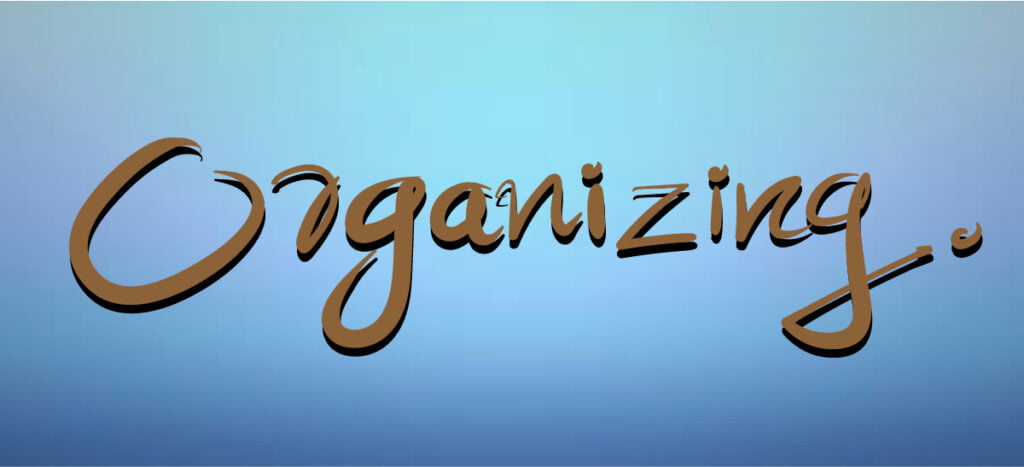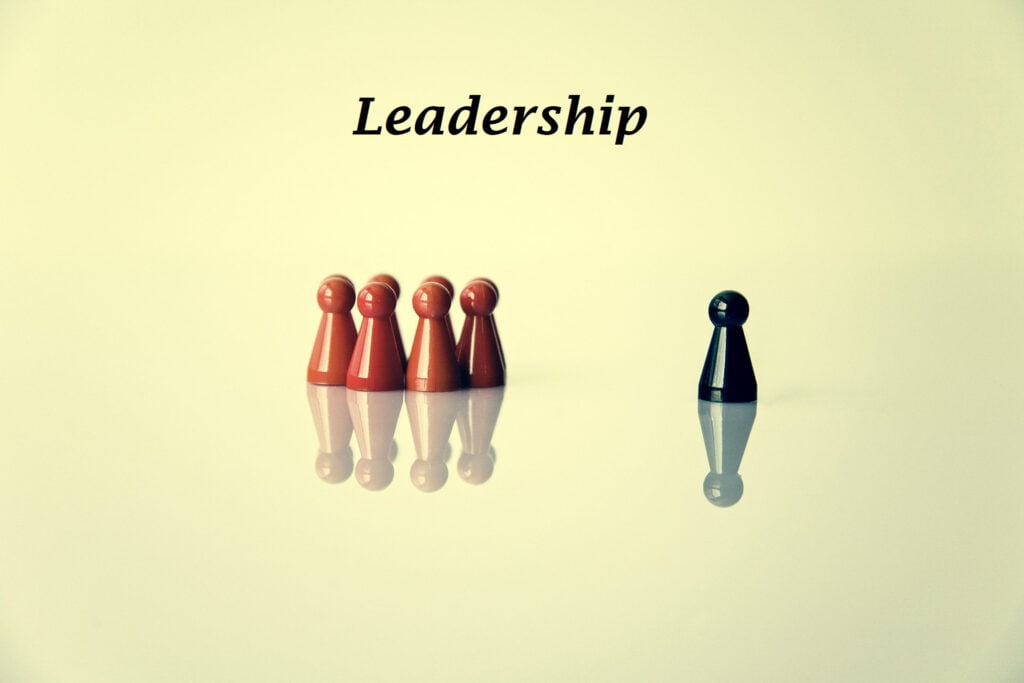Organizing is another important function in management to accomplish goals and objectives. After establishing the organizational goals and objectives, the entity needs proper arrangements for achieving them.
In this chapter, we describe the organizing function. This chapter includes the definition of organizing, core concepts in organizing such as work specialization, the chain of command, authority, responsibility, delegation, the span of management, and many more. Also, this explains the organizational structure.
Learning outcomes
- Define organizing function
- Importance of organizing
- Describe divisional, functional, and matrix approaches to structure.
- Define core concepts of organizing, including work specialization, the chain of command, management, authority, responsibility, delegation, and departmentalization.
Introduction to organizing
The organizing function in management plays a vital role in achieving strategic goals. Basically, this organizing function refers to the process of arranging organizational resources properly to achieve planned goals and objectives in the organization. In this organizing function, the organization set up a structure to arrange its resources.
Importance of organizing
Effective communication
- The organization structure helpful to manage effective communication, from the top to bottom and from bottom to top in the organizational hierarchy. The employees and managers will clearly understand their tasks, duties, and responsibilities because of effective communication in the organization.
Optimum utilization of resources
- In the organizing function, all resources in the organization including employees, machinery are at the right places (right things at the right places). Therefore the organization will able to use these resources efficiently and effectively.
Effective administration
- The organization structure clearly defines each job position. So the managers at every level will understand what are the tasks, responsibilities, and duties to be performed for organizational success. Also, the division of work leads to effective administration.
Specialization
- Because of the division of work (divide the individual activity into separate jobs), the employees have to perform a small task in the entire process. This division of work makes employees more effective and also this leads to reduce wastage costs in the organization.
Organizational growth
- When there are optimum resource usage and a specialized workforce, the organization will able to conduct its business processes effectively. A well-organized entity has the ability to manage challenges and achieve organizational success.
Core concepts of organizing
There are several core concepts of organizing. They are work specialization, chain of command, and span of management, authority, responsibility, delegation, and departmentalization.
Work specialization
Work specialization or division of labor means, the process of subdividing a complex activity into separate tasks. So the employees will able to engage with a small part in the entire process. By doing the same activity as a daily routine, eventually, the employees become more effective in a particular task. The exactly know how to do the job in the best way. Most of the large manufacturing organizations use this method for their production activities.
When considering about advantages and disadvantages of this work specialization. There are many advantages as well as disadvantages.
Advantages of work specialization
- Well-defined jobs
- Organizational growth
- Productivity increases
- Organization revenue increases
- Wastage reduces
- Skilled workforce
- Opportunities to develop skills
- Quality of the product increases
- Quantity of products increases
Disadvantages of work specialization
- Only expertise for one task
- Employees become boring
- No idea about the entire process
- Difficult to replace
- Unable to take breaks
- Job dissatisfaction
- Unable to expand skills
- No transferable job skills
However, in today’s business context this work specialization is an outdated method. Many organizations choose other methods that engage in team-building and enhance co-ordination.
Chain of command
The chain of command means an unbroken line of reporting relationship in the organization hierarchy. This shows who should report to whom from the bottom to the top in the hierarchy. The chain of command represents accountability, lines of authority, and the power of decision making.
Authority, Responsibility, and Delegation
Authority is the formal and legal power of a manager to command a situation, make decisions, give orders, and assign resources to accomplish strategic goals and objectives.
Responsibility refers to doing tasks or duties that are supposed to do. And also this can be defined as the state of being responsible or answerable.
Delegation means, transferring authority from a superior to a subordinate in the hierarchy. The purpose of giving authority to lower levels is, to be flexible with customer needs and the environment.
Span of management
The span of management means the number of individuals or employees reporting to a superior. Basically, a manager has a group of employees and manage them efficiently called the span of management. Alternatively, this is also called a span of control.
Centralization and decentralization
Centralization means that the power of decision making is located near the top management in the organization. In centralization, most of the activities are concentrated on a specific management level or a location.
But in decentralization, the decision making authority is located under all levels of management. It delegates decision-making power as well as daily routines to the middle and lower management levels in the organization.
Departmentalization
Departmentalization refers to the process of combining related jobs or teams together into functional units (departments) and departments into the entire organization. Also, this is called Departmentation.
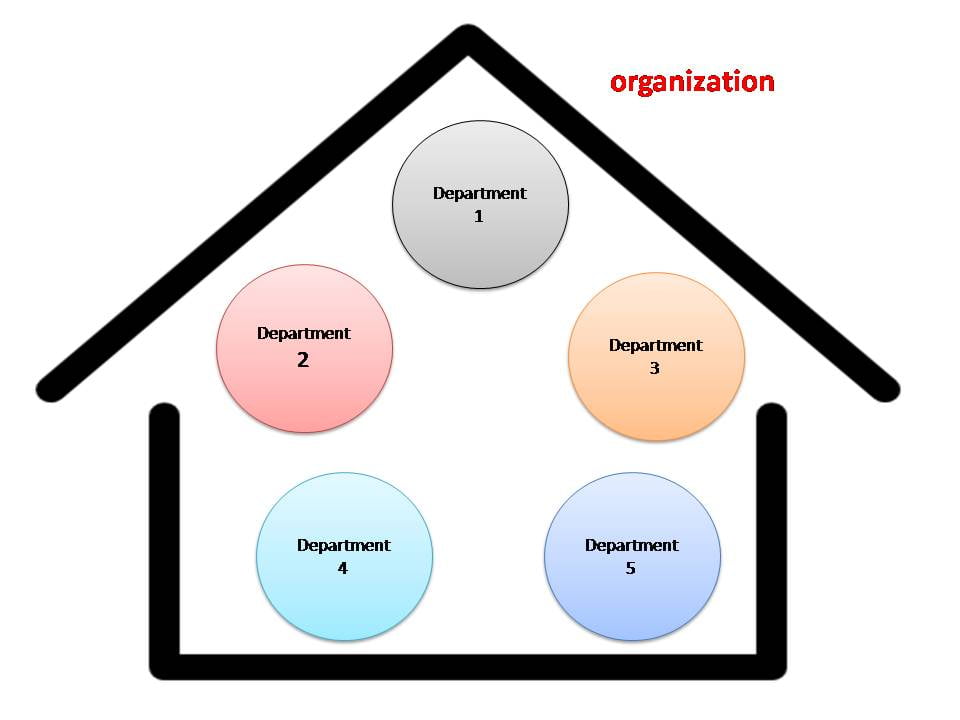
Organizational structure
An organizational structure means a system that defines specific activities (rules, roles, responsibilities) are directed toward achieving goals and objectives in the organization. The organizational structure shows how information flows among every management level in the entity. A well-designed organizational structure outlines each individual’s job and how it connects within the entire system.
There are several types of organizational structures. It includes functional structure, divisional structure, and matrix structure.
In a functional structure, the organization is divided into groups by similarity of skills, expertise, and the utilization of resources. Because of this similarity, the entity will able to accomplish operational efficiency. Therefore this type of structure allows increased specialization. Basically many organizations use this functional structure and this may be more effective within large organizations.
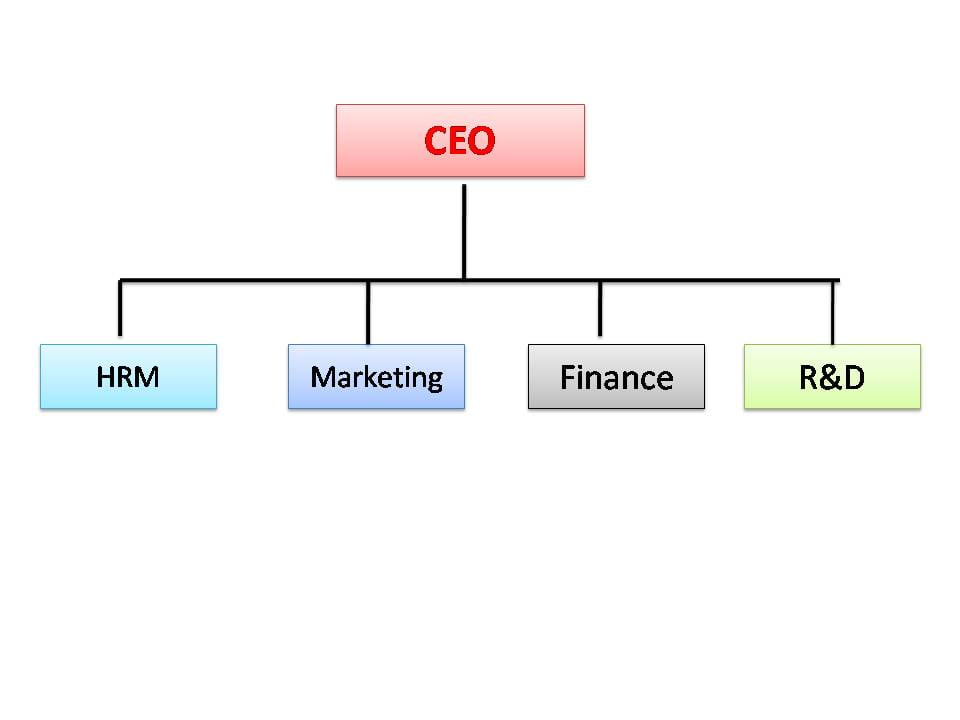
When considering the divisional structure, it is a structure that groups individuals and activities based on the product/service or geographies. So this divisional structure can be characterized in two ways as product departmentalization and geographic departmentalization.
Product departmentalization means, grouping various activities related to a particular product or service are under the control of one superior. As an example, if the company produces washing machines and televisions, the television division will have its own finance, marketing, sales, and engineering departments which are separate from the washing machine division.
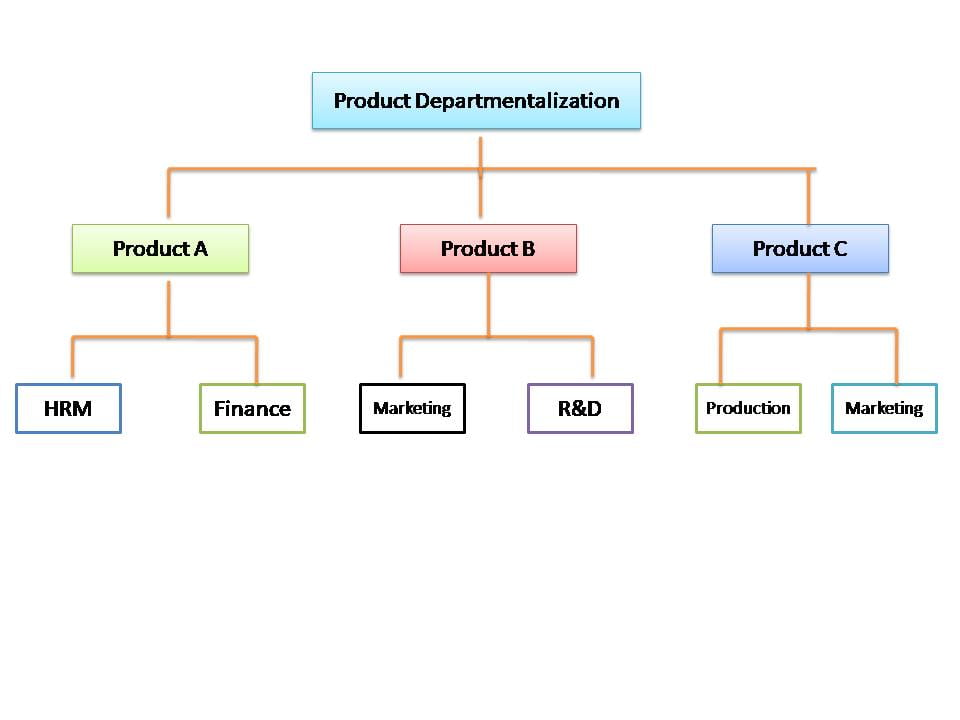
In geographic departmentalization, all individuals and activities are divided into groups based on geography. This geographic departmentalization is so important for the organizations which operate in different regions such as, Europe, Latin America, or South Asia.
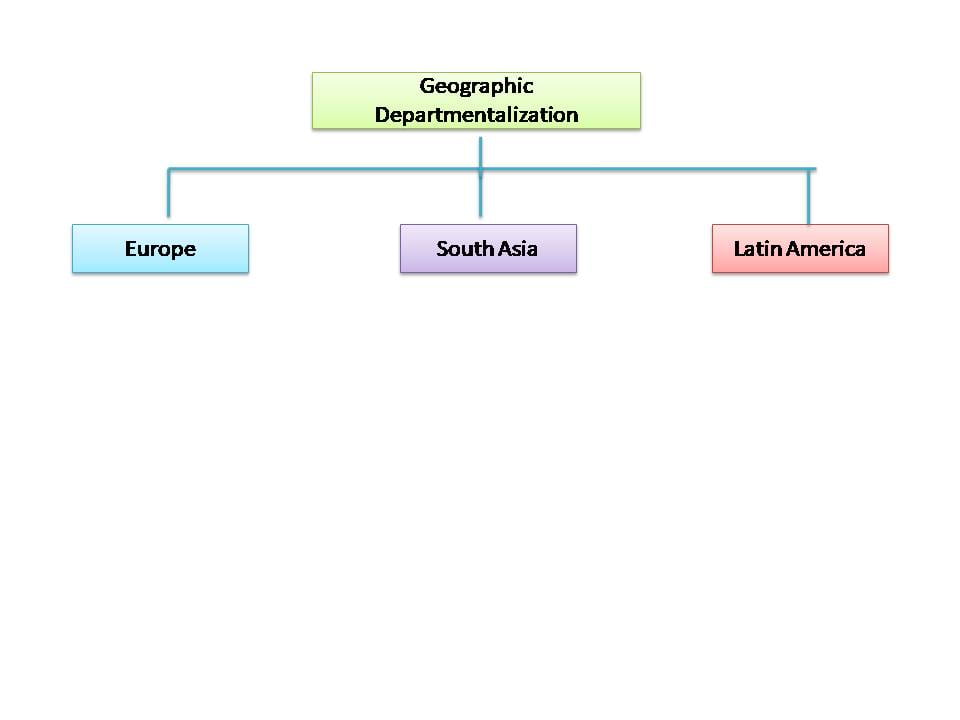
Another type of organizational structure is the matrix structure. In a matrix structure, the entity is organized by product or service as well as the function. When functions are managed vertically, the product lines are managed horizontally in this structure. Most of the business contexts nowadays include region and product, function and region or product and function. Therefore this matrix structure is suitable for those organizations
Summary
- Organizing function refers to the process of arranging organizational resources properly to achieve planned goals and objectives in the organization.
- Core concepts of organizing include work specialization, chain of command, and span of management, authority, responsibility, delegation, and departmentalization.
- Work specialization or division of labor means, the process of subdividing a complex activity into separate tasks. So the employees will able to engage with a small part in the entire process.
- A well-designed organizational structure outlines each individual’s job and how it connects within the entire system.

